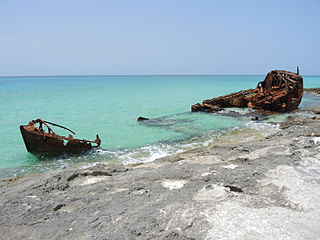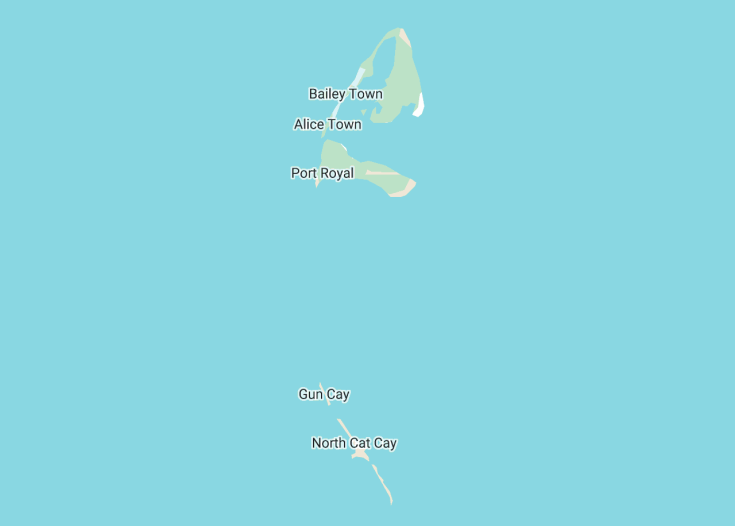The Bimini Islands, often considered a paradise in The Bahamas, are renowned for their stunning beauty and serenity. Comprising North and South Bimini along with numerous cays, these islands offer white sandy beaches, crystal-clear waters, and a myriad of marine life. Famous for deep-sea fishing and known as Ernest Hemingway’s summer retreat, Bimini also serves as a gate to uncover historical artifacts beneath the waves, including shipwrecks and rumored roads of the Lost City of Atlantis. Whether you’re a history buff, an ocean explorer, or simply seeking a tranquil getaway, Bimini invites you to experience its captivating allure.
Ensure to experience the local cuisine in Bimini, especially conch, which is prepared in various ways and reflects the rich culinary tradition of the islands.
Consider visiting during the late spring or early summer months to enjoy optimal weather and fewer crowds, making the most of the outdoor activities Bimini has to offer.
Top things to do & see in Bimini Islands
Select the following sights and activities to discover best tickets and tours available in Bimini Islands.
Bimini Islands: A Slice of Paradise
| Country | The Bahamas |
| Time in Bimini Islands | GMT-5 |
| Language spoken | English |
| Population | 1,988 (World Population Review) |
| Currency | Bahamian dollar (B$ / BSD) |
| Airports |
|
The Bimini Islands, part of The Bahamas, are a fascinating locale steeped in history and legends, perhaps most notably as the alleged location of the Lost City of Atlantis. The islands themselves are a mere 50 miles east of Miami, Florida, making them a popular destination for day trips and long weekends. Comprising primarily North Bimini and South Bimini, the islands serve as a tranquil escape from the busier, more commercialized locales in the region.
Historically, Bimini gained fame through Ernest Hemingway who frequented the islands in the 1930s. The vivid deep-sea fishing here inspired aspects of his novels “The Old Man and the Sea” and “Islands in the Stream.” Today, the islands maintain their allure with their pristine natural environment, clear blue waters, and sandy beaches that are perfect for both relaxation and adventure. From snorkeling among the reefs to exploring shipwrecks and historic sites, Bimini offers a rich tapestry of attractions surrounded by myth and natural beauty.
Beyond the enchanting waters, Bimini also presents visitors with a unique culinary scene, specializing in sea-to-table cuisine with the freshest fish and seafood. The local culture, reflected through music, dance, and annual festivals emphasizes a laid-back lifestyle, where nature plays a central role. The ecotourism initiatives also allow travelers to experience the beauty of the islands responsibly.
The still palpable Hemingway legacy can be explored at places like the Bimini Museum where photographs and memorabilia document his time spent here. Moreover, Bimini’s close proximity to other parts of The Bahamas and the USA allows for easy travel while also offering a remote escape into an almost untouched paradise.
Where is Bimini Islands?
The Bimini Islands are located in The Bahamas, northwest of Nassau and only 50 miles east of Miami, Florida.
Distances:
| Route | Distance by car | Time by car |
|---|---|---|
| Miami, FL, USA to Bimini Islands (via ferry) | 50 mi | 2 hr |
| Nassau, Bahamas to Bimini Islands (via flight) | n/a | 30 min |
What is Bimini Islands famous for?
Bimini Islands are renowned for crystal-clear blue waters, rich narratives involving the mystical Atlantis, and legendary fishing spots that once enchanted iconic writer Ernest Hemingway.
History
Pre-Columbian Era
The history of Bimini Islands stretches back to the original inhabitants, the Lucayan Indians, a branch of the larger Arawak and Taíno peoples that populated much of the Caribbean. The Lucayans inhabited the islands for centuries, leading a lifestyle centered around fishing, agriculture, and small-scale settlements, until their tragic encounter with European explorers in the late 15th century.
1492-1670: European Discovery and Settlement
The modern history of the Bimini Islands began with the arrival of Christopher Columbus in 1492. Although Columbus is not documented to have landed on Bimini itself, his presence in the Bahamas marked the beginning of European interest in the region. Subsequent European settlers included the Spanish and the British, who made several attempts to establish colonies, often at the expense of the native Lucayan population, many of whom were enslaved or perished from diseases brought by the Europeans.
1670-1834: Colonial Struggle and Piracy
Throughout the 17th and 18th centuries, Bimini and the Bahamas became a hotbed for pirates, including the infamous Blackbeard and Charles Vane. The strategic location of the islands served as an ideal base for pirate operations. During this era, the islands were under constant threat from pirate raids until the early 19th century when colonial powers intensified efforts to eradicate piracy.
1834-1964: Development and Modernization
The abolition of slavery in 1834 marked a new era for Bimini. The economy slowly shifted from piracy and wrecking to legitimate industries like sponge diving, fishing, and salt production. Throughout the 20th century, Bimini also became renowned as a sport fishing destination, attracting visitors from around the world, including notable figures such as Ernest Hemingway in the 1930s.
1964-Present: Tourism Boom and Conservation Efforts
Post-1964, Bimini underwent significant changes with the expansion of tourism. Resorts, casinos, and other tourist attractions were developed, significantly impacting the local economy and lifestyle. In recent decades, efforts have been made to balance development with environmental conservation, focusing on preserving the islands’ unique marine habitats and biodiversity, integral parts of Bimini’s heritage and appeal for eco-tourism.
Visit Bimini Islands
What to see and do in Bimini Islands, The Bahamas
Visitors to Bimini can experience a blend of natural beauty and rich history. Top activities include:
- Exploring the mysterious Bimini Road underwater rock formations, which some believe are remnants of the lost city of Atlantis.
- Visiting the Dolphin House Museum, a testament to local creativity and a symbol of environmental awareness, entirely constructed from beachcombed materials.
- Engaging in water sports such as diving, snorkeling, and sport fishing, which are among the best in the Caribbean.
- Relaxing on the pristine beaches of North and South Bimini, enjoying the serene waters and fine sand.
- Exploring the Healing Hole in the East Wells region, a natural freshwater spring believed to have healing properties.
Festivities in Bimini Islands
Bimini Islands celebrate several local festivals annually, emphasizing the region’s rich cultural heritage and vibrant community spirit. Notable events include the Bimini Bread and Seafood Festival, usually held in April, and the Bimini Regatta, which takes place in July and features sailing races, music, and dance, attracting locals and tourists alike.
Best time to visit Bimini Islands
The best time to visit Bimini Islands is from November to April when the weather is cooler and drier. This period avoids the hurricane season and offers more comfortable conditions for enjoying outdoor activities and exploring the islands.
Is Bimini Islands worth visiting?
Bimini Islands are undoubtedly worth visiting for anyone seeking a mix of adventure, history, and serene natural beauty. The unique combination of vibrant marine life, engaging local culture, and historical landmarks, including links to the legend of Atlantis and Ernest Hemingway, make Bimini a captivating destination. Whether you’re a diving enthusiast, a history buff, or simply in need of a peaceful beach retreat, Bimini promises a memorable and enriching experience.










